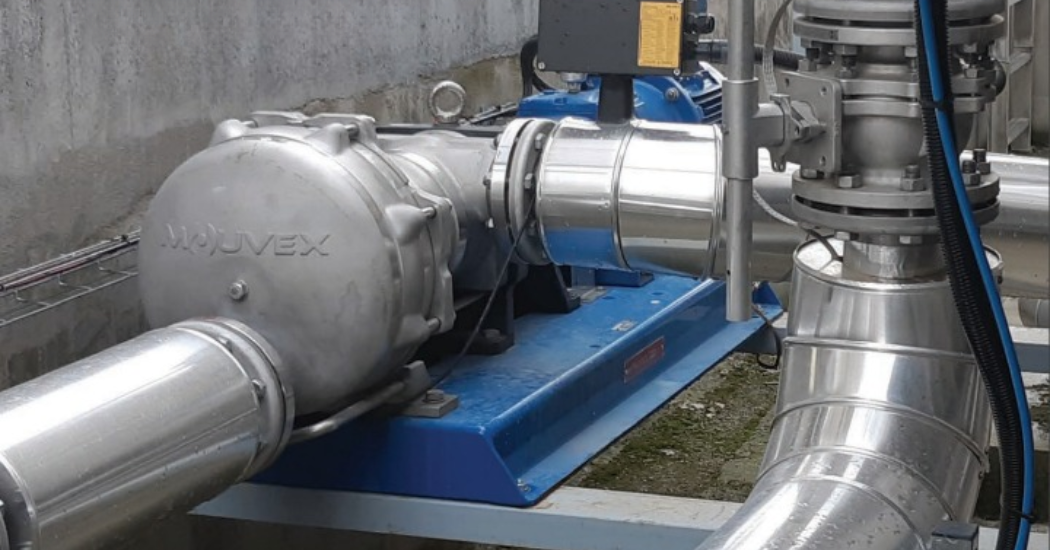Moving industrial fluids from one point to another is essential to the health of the worldwide economy. There are a variety of methods to transfer these fluids, with the most common being by truck and rail. The process of loading and unloading tank trucks and railcars occurs daily thousands of times at industrial sites across the world.
While this is a routine procedure, it also comes with safety and cost challenges. On the safety side, the primary risks associated with fluid transfer include leakage and spillage, both of which can create catastrophic consequences. Hazards from leaks and spills range from widespread pollution to fires. Regarding expenses, spills and leaks lead to a loss of product. When you consider the frequency of fluid transfers across the world, a small spill or leak during each of those interactions creates substantial product loss, all of which impacts the bottom line to the tune of millions of dollars. Additionally, if leaks or spills occur, then maintenance also becomes an immediate necessity on the pumping equipment, which adds to those costs. Another costly problem comes from shearing when using a non-adapted pumping technology.
Complicating fluid transfer is the fluid itself. Each liquid brings its share of unique challenges when it comes to loading and unloading. In the chart above, are a few examples of liquids that are transported by road or rail. If there is at least one “yes” in the product line, an adapted pumping technology must be used for loading and unloading applications.

A worldwide leading producer of paints and coatings has been running eccentric disc pumps for the handling and transfer of resins, solvents, binders and finished paints without interruption or maintenance since the installation of the first pumps in 2005.